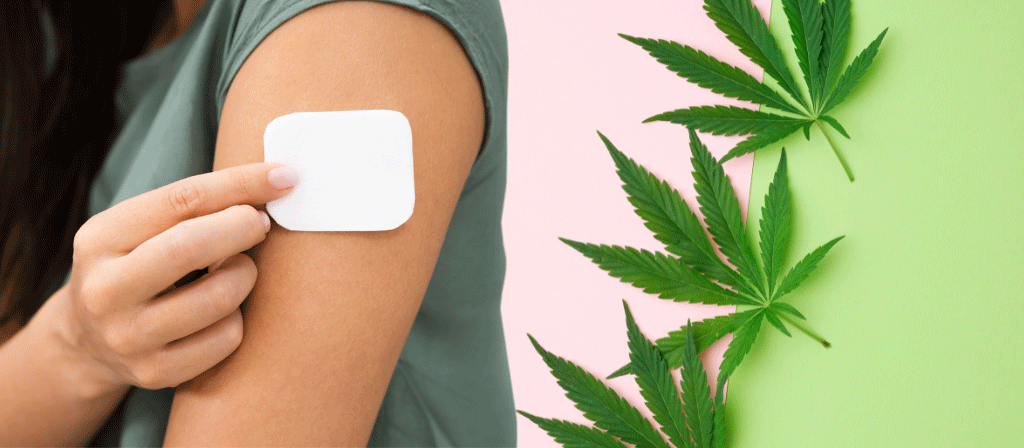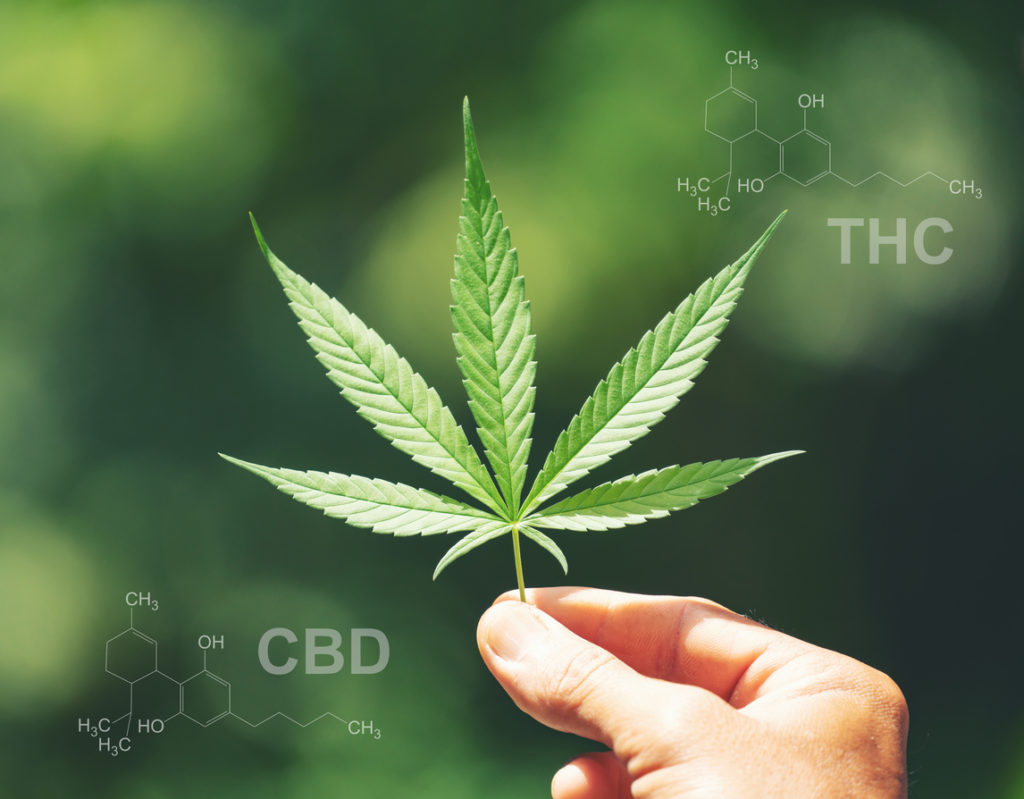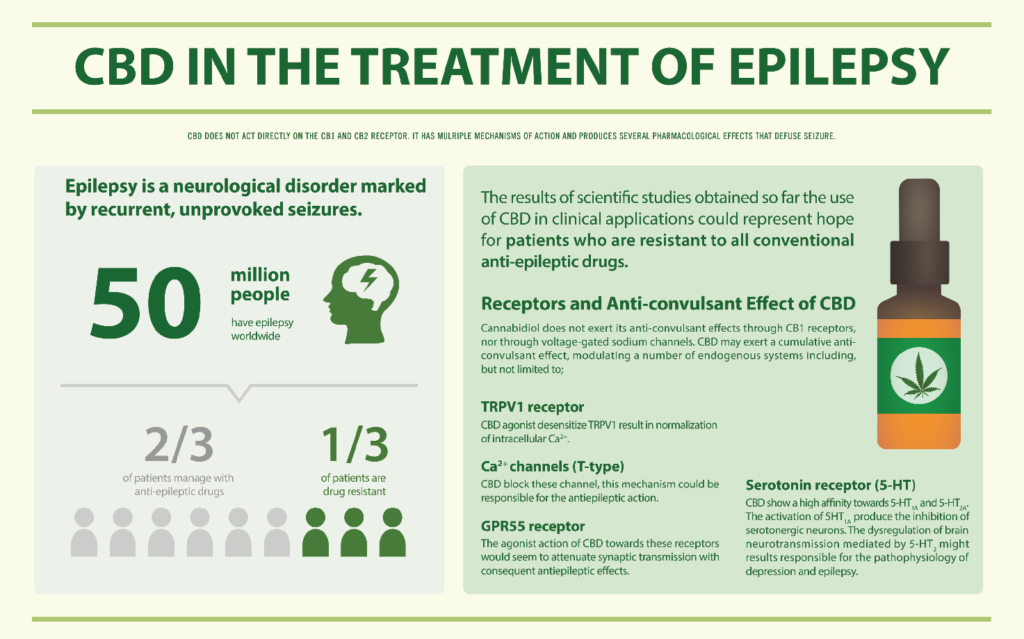
CBD patches are a transdermal method for absorbing CBD into your body. With CBD patches, you can say no more to oils or tinctures. Now you can get all the benefits of CBD with an intake method that you can apply and forget about.
What Is CBD?

Cannabidiol, better known as CBD, is a chemical compound found in cannabis. It’s one of over 75 cannabinoids that cannabis plants produce in their leaves, stems, and flowers.
Aside from CBD, the most commonly known cannabinoid is tetrahydrocannabinol (THC).
THC and CBD differ from each other in a few ways. The most significant difference concerns psychoactive effects.
THC produces a ‘high’ when users ingest it, while CBD has little or no psychoactive effects.
That’s why some children can take CBD to treat epilepsy without having to worry about the psychoactive effects.

CBD also has effects on your body that THC doesn’t produce. The primary areas where cannabidiol can help you find relief include:
- Seizure disorders
- Pain relief
- Sleep aid
- Anxiety
- Chronic pain relief
CBD Products
There are many different CBD products on the market that people enjoy. Some of the most common include CBD oil and tinctures, but topical CBD products are becoming more popular.
One reason people prefer a CBD patch compared to another CBD product is its ease of use. Using CBD in other ways requires you to either drink or vape.
People often choose a CBD patch because, unlike vaping, there are no known links to adverse health effects with a patch.
Topical CBD products are also much more discreet than CBD oil. CBD oil requires you to drink it. That might be okay at home, but if you’re looking to relieve a condition like chronic pain, you may want a more discreet way to alleviate any symptoms.
A CBD patch is much like other topical products, with one big exception. A CBD patch allows for greater transdermal effects because it’s a concentrated formula applied to the skin to keep it active for long periods.
Using an adhesive, the CBD acts on your skin and enters the bloodstream without having to reapply every few hours once the cream rubs off your skin. If you want to start using CBD to improve your health, a patch is a great place to start.
What Are CBD Patches
CBD patches are similar to nicotine patches in their function. You can apply a patch to your skin for effects that last an entire day. Once you apply a CBD patch, your body begins absorbing the CBD within the patch immediately.
CBD patches are usually square, measuring one inch by one inch or larger. They use an adhesive to attach themselves to your skin, which means CBD patches feel remarkably similar to a band-aid. Don’t worry, the adhesive is non-irritating for your skin.
CBD patches are a method to help your body absorb an adequate amount of CBD with minimal invasiveness. CBD patches treat the same conditions as other CBD products.
Most products contain between 20 and 100 milligrams of CBD per patch, although you can find higher-concentration formulations. These are sometimes distributed by a healthcare professional to deal with chronic pain, like back pain.
With CBD products, you should always start with a low dosage per patch. Although it doesn’t have any psychoactive effects, it can have side effects, especially in large doses. Some side effects include:
- Dry mouth
- Drowsiness
- Diarrhea
- Fatigue
- Reduced appetite
Before you start to use a CBD patch, make sure you aren’t using any prescription drugs that may negatively interact with cannabidiol. The best way to do this is to verify with a healthcare professional.
Can CBD Patches Really Help Relieve Pain?
Studies have shown that CBD helps treat several ailments. A study on rats concluded that CBD helped treat inflammation and pain. Other studies show that CBD is a potent anticonvulsant, which means it’s effective at preventing some seizures.
Systematic studies concerning all the claims made about CBD are hard to come by, but anecdotal evidence from CBD users is vast. Let’s go through the most prominent claims made by CBD advocates about what CBD can treat.
Pain Relief
Pain relief is the area where most researchers looking at CBD concern themselves. It’s also where we’ve seen some of the most promising results. CBD patches will work in two ways to relieve two types of pain.
First, CBD patches can relieve pain by interacting with the endocannabinoid system. When CBD interacts with the endocannabinoid system, it can help block pain receptors from sending pain signals through your nervous system. This gives people full-spectrum pain relief.
Of course, CBD patches don’t completely block the pain, but they can make it less noticeable and prominent. By keeping the patch on for the recommended 24 hours, you can help relieve noticeable pain for an entire day without having to re-administer any more CBD.
Although some CBD patches advertise they can last 36 hours, you should remove a patch before 36 hours to properly cleanse your skin.
Sleep Aid
Many people don’t have a good rest every night of the week. Whether a work problem has you staying up or you have chronically bad sleep, CBD patches can help you out!
A study from 2014 shows that CBD might have qualities that help chronic insomnia fall asleep faster. The same study showed that CBD might help people with disordered sleeping by helping their rapid eye movement (REM) sleep cycles get more consistent.
Changes in Appetite
The realm of CBD and appetite influencers is very underdeveloped compared to other areas like pain or anxiety relief. But there are strong connections between CBD and changes in a user’s appetite.
One study that compared different cannabinoids found that CBD reduced appetite compared to other compounds like CBG and CBN. The reduction in appetite caused the rats in the study to lose weight.
Muscle Spasms
Muscle spasms, sometimes known as muscle cramps, are an ailment that occurs when muscle groups contract and remain that way, which causes pain and discomfort. People with muscle spasms cannot relax the muscle group, meaning it can last a while.
Muscle spasms occur for various reasons, including dehydration, overworking, and stress, as well as some less common reasons. At the end of the day, muscle spasms occur because your nervous system sends a message to your brain to contract the muscle even if you don’t want it to happen.
Anxiety Relief
Some of the most in-depth research concerning the medical application of cannabidiol revolves around its anti-anxiety properties. When CBD interacts with CB1 receptors in your brain, they modify your body’s serotonin levels.
Serotonin is a neurotransmitter responsible for some aspects of mood, cognition, learning, memory, and reward pathways. Low levels of serotonin can lead to anxiety and/or depression.
By increasing the uptake of serotonin, CBD can help regulate the emotions tied to depression or anxiety. CBD does not produce more serotonin, which many other drugs do to produce a high. Instead, they allow your body to absorb what is readily available.
Inflammation Reduction
When your body goes through a painful event, one of its first lines of defense is inflammation. Inflammation can occur for two reasons. The first is acute inflammation, which occurs when your body sends immune cells to an area that has just received an injury, infection, or disease.
Most people only suffer from acute inflammation. The other type of inflammation is chronic inflammation. As the name suggests, this is a chronic condition. It doesn’t occur due to injury or infection but because of an illness. One chronic condition that causes inflammation is arthritis.
CBD helps reduce inflammation. Topical cannabidiol treatments, including patches, have been shown in studies to penetrate the skin and reduce the pain associated with inflammation.
There are ongoing studies to prove the usefulness of CBD in the treatment of inflammation and related pain.
Suppressing Nausea
Nausea can occur for several reasons, including illness, motion sickness, and drug interactions. When studies about CBD and nausea come out, they mostly concern how CBD can help cancer patients undergoing chemotherapy.
Chemotherapy kills cancer cells but can cause a general uneasy feeling, including nausea. In the past, doctors prescribed a drug called an “antiemetic.” Antiemetics help suppress nausea but can have severe negative side effects.
CBD can replace these drugs like anti-emetics by helping get rid of nausea without the side effects. A study in 2011 showed that CBD helps suppress the production of serotonin in the small intestine.
Chemotherapy releases serotonin in the intestine, which can increase the feeling of nausea.
Slowing Cancer Growth
Some studies show that CBD can help reduce the growth of cancer cells, but more studies need to be done to verify the results. Although the results haven’t been verified in repeat studies, the initial results are promising.
One study shows that cannabidiol reduces the chances of breast cancer from growing and spreading. A recent study showed that CBD might be a good addition to other treatments for those with pancreatic cancer.
Studies haven’t been able to find the exact reason why CBD might help treat cancer. More studies are ongoing to prove the usefulness of CBD in treating cancer.
Once researchers release more studies about CBD and cancer, we’ll get answers to questions about whether or not CBD can cure or prevent any of these conditions.
Benefits of CBD Patches Over Other CBD Intake Methods
Compared to other CBD intake methods, CBD patches have benefits concerning the time-release formulation, dose accuracy, and convenience. CBD patches are also extremely discreet and compared to ingesting oils or tinctures in public, patches are much more efficient.
All Day Formulation
The patches last for 24 hours, which makes them the perfect delivery system for all-day and night relief. The higher bioavailability present in a patch makes it perfect for long-lasting relief.
Dose Size
CBD patches clearly state their concentration and dosage, which makes them a safe and accurate choice for CBD delivery—every time!
Convenient and Discreet
CBD patches are the most convenient way to give yourself CBD because you apply them once daily and forget about it. No more redosing halfway through the day!
How Do Topical CBD Patches Work?
Cannabidiol patches work by creating what’s known as a drug concentration gradient. Essentially, this means drugs move from an area with a high concentration to an area with a low concentration. CBD patches work by moving CBD from the patch (high concentration) through your skin (low concentration).
Transdermal patches are also great at increasing the bioavailability of therapeutics. Bioavailability measures how long a drug affects your body, the onset of the effects, and how strong they present. By using transdermal CBD products, you’ll have a longer-lasting and easy-to-use intake method.
CBD, like most other cannabinoid compounds, is a lipid. Drugs like CBD require lipids within your body to absorb them and transport them around your body. When using topical CBD patches, the plentiful lipids within your skin can easily absorb the CBD.
Once the CBD travels through your skin, it reaches blood vessels that transport the CBD throughout the rest of your body. Once in your bloodstream, CBD will interact with the endocannabinoid system.
Unlike THC, which only binds to the CB1 and CB2 receptors in your endocannabinoid system, CBD only interacts slightly with these receptors. Instead, CBD binds to TRPV1 receptors. By not interacting too much with the other receptors, CBD does not produce a high.
By absorbing CBD through your skin, you’ll skip alternative methods that absorb through your lungs, liver, and stomach. Since the CBD doesn’t go through those organs, the patches will cause minimal, if any, damage to them.
What’s the Best Way to Use CBD Patches?
To start, remove the path from the packaging and the patch from the card it’s stuck to. Apply the patch on the outside of your arm near your shoulder.
You need to apply the patch to the outside of your arm because that area has more veins. Veins transport the CBD from a patch through your body, which helps get faster onset relief. The patch may be ineffective if applied to an area without many veins.
Some people may be unable to stick a patch on the outside of their arms. If you find yourself in that situation, the next best place is the inside of your wrist. Most people prefer their arm because it doesn’t get in the way of their clothing.
How Are CBD Patches Made?
Manufacturers produce CBD patches with a four-step method. The first step is extracting the compound from the leaves, flowers, and stems of a male cannabis plant, otherwise known as hemp. Hemp contains minimal levels of THC but decent levels of CBD.
The primary method for extracting CBD from hemp is high-pressure CO2. The pressurized CO2 essentially acts as a solvent. It extracts CBD, along with some other compounds, from cannabis. CO2 extraction is a difficult task best left to professionals.
After manufacturers extract the CBD, they perform a process known as “decarboxylation.” Decarboxylation is a chemical reaction that causes the compound to lose a carboxyl group. Removing a carboxyl group from CBD makes it easier for your body to absorb any CBD.
After the manufacturer decarboxylates the CBD, the next step is purification. This step ensures that the only active compound in a CBD patch is CBD. Next, the manufacturer tests the CBD to ensure it meets industry standards.
There are generally three cannabidiol extracts–full-spectrum, broad-spectrum, and CBD isolate. The full spectrum variety can contain THC, which is never used in patches.
Broad-spectrum can contain other cannabinoids but no THC. It’s sometimes used in patches, but most patches use CBD isolate. CBD isolate contains only CBD and no other compounds.
FAQs
Does a CBD Patch Contain THC?
They are primarily CBD-concentrated patches. While they may contain trace amounts of THC, however, these levels will have little impact on the user’s psyche.
–
How Long Does a CBD Patch Take to Kick in?
CBD isn’t necessarily something that you feel immediately but over time. You will begin to see positive results after a few days of wearing a CBD patch.
–
Can I Get a CBD Patch Without a Prescription in the U.K.?
Yes! In 2018, the British government passed legislation that regulated certain cannabinoids, including CBD. That allowed businesses to sell CBD to people without a prescription. Products that contain THC are still strictly controlled by the medical market, which means patients need a prescription before getting access.

 CBD Products: latest trends in the UK
CBD Products: latest trends in the UK
Leave a Reply